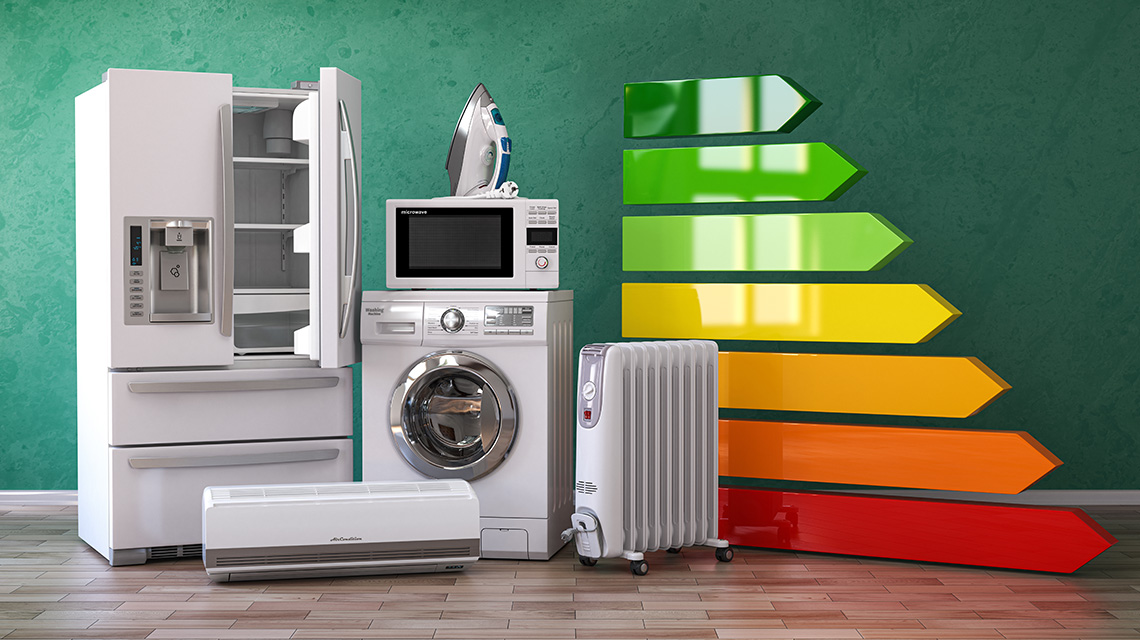Italian National Agency for New Technologies, Energy and Sustainable Economic Development

Energy: Electrical products, ENEA in EU project to identify violations of labeling and ecodesign
The outcomes of the European project EEPLIANT3[1], comprising several market surveillance authorities and organizations, including ENEA, show how not all electrical products on the market comply with European ecodesign and labelling rules. The project, which aims at increasing manufacturers’ awareness of the importance of eco-friendly design for safety and energy efficiency of products, curbing bills and CO₂ emissions, protect consumers and build trust in EU energy efficiency policies, also highlights the need for a timely response from the legislator and national authorities to implement more effective market surveillance mechanisms, ensuring wider dissemination of the Framework Regulation on energy labeling (2017/1369), the Directive on eco-design (2009/125) and product application regulations, without ambiguity of interpretation.
The project assessed the energy efficiency and performance of six product categories: air conditioners and fans; dryers; water heaters and tanks for hot water storage; ventilation units; light sources; heating appliances. The inspections carried out identified numerous non-conformities, already showed in previous versions of the EEPLIANT project, in particular relating to performance and energy labelling, product sheet and other documentation. As a result, supervisory authorities intervened with various measures, ranging from warnings to sales bans.
“The number of products covered by eco-design and energy labeling requirements has doubled in recent years, so much so that it was decided, compared to previous editions of the project, to broaden the range of devices to be monitored to ensure their compliance with European legislation” , said Milena Presutto at the ENEA Energy Efficiency Department. “It is worth specifying, however, that the percentage of non-compliance detected by the EEPLIANT3 action does not reflect the overall situation of the European market: in fact the market surveillance authorities - continued Presutto - have concentrated on the models suspected of having a higher probability of non-compliance. Despite this, the results clearly indicate the need for further knowledge on ecodesign and energy labeling requirements and increased cooperation between economic operators and market surveillance authorities”.
